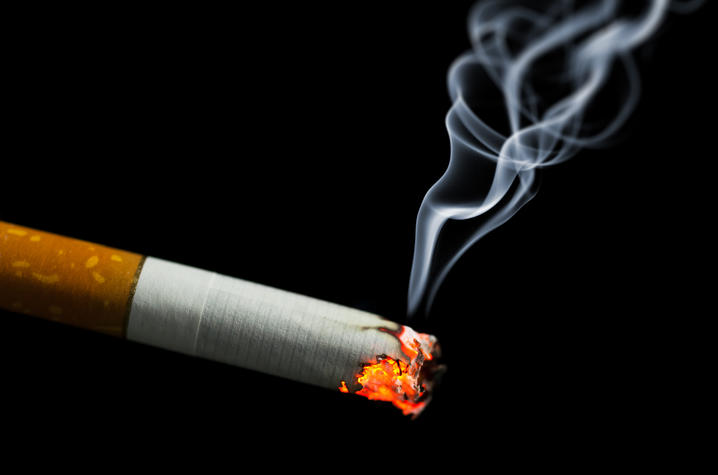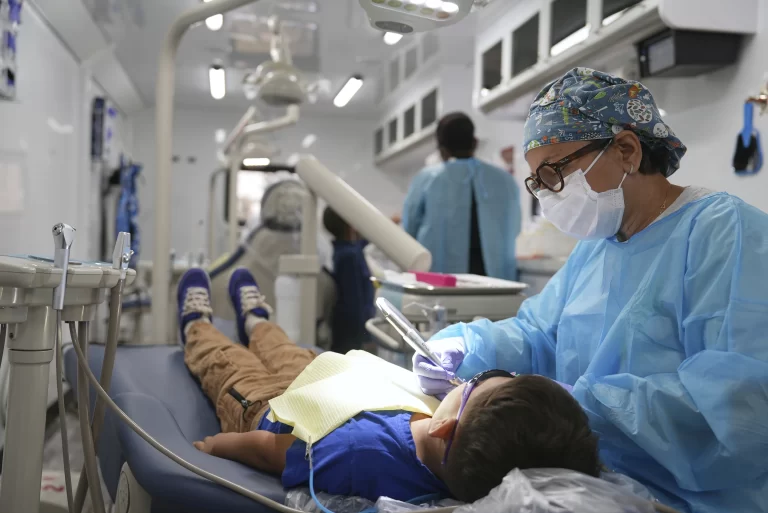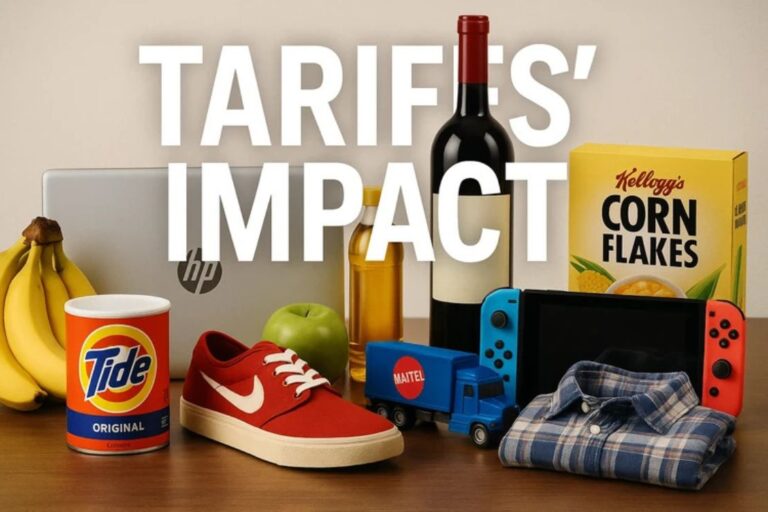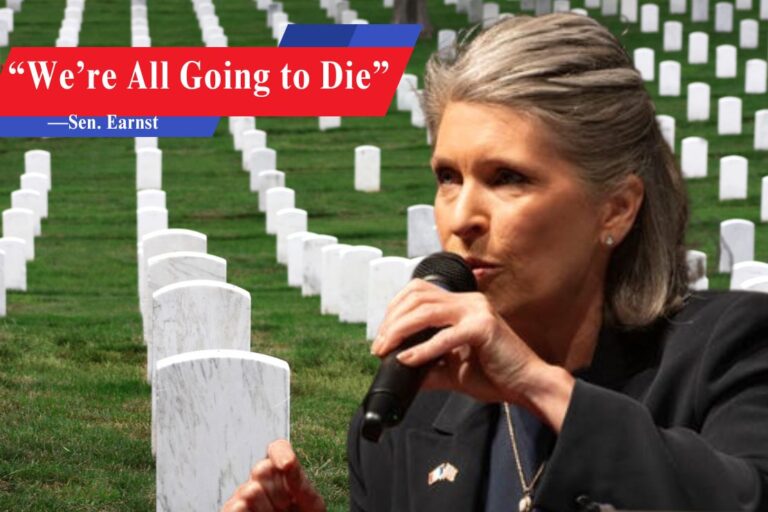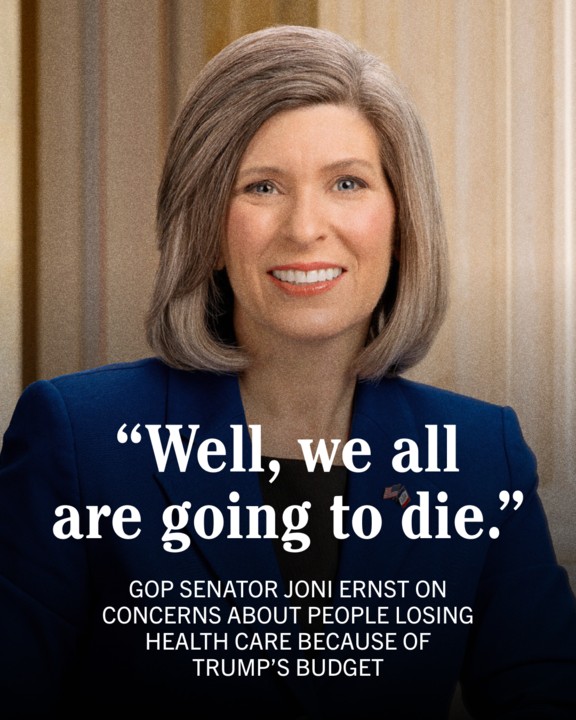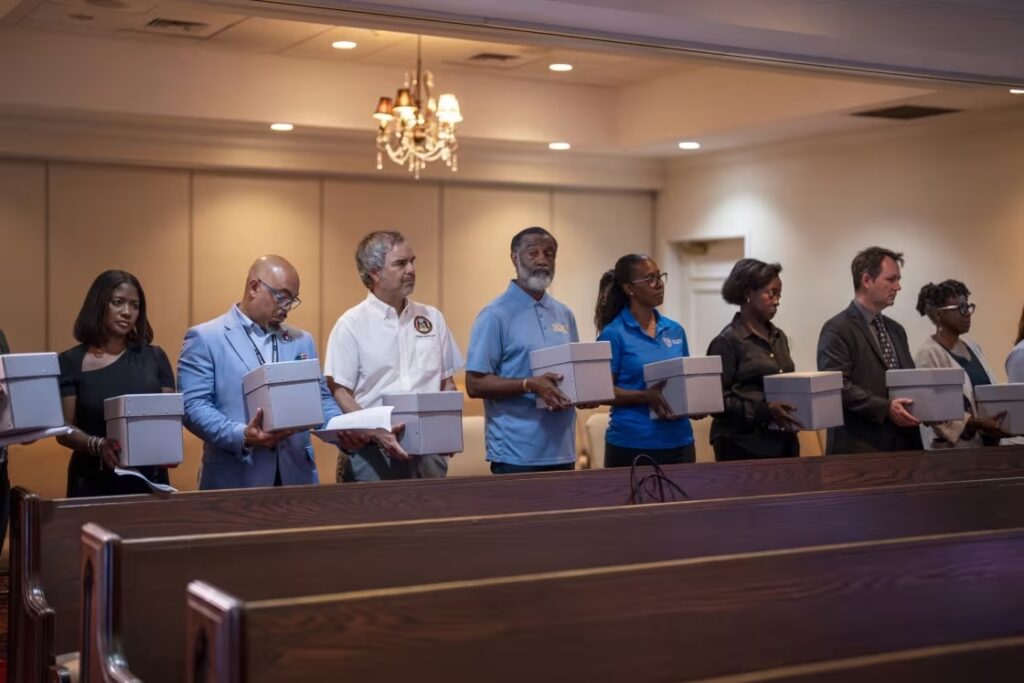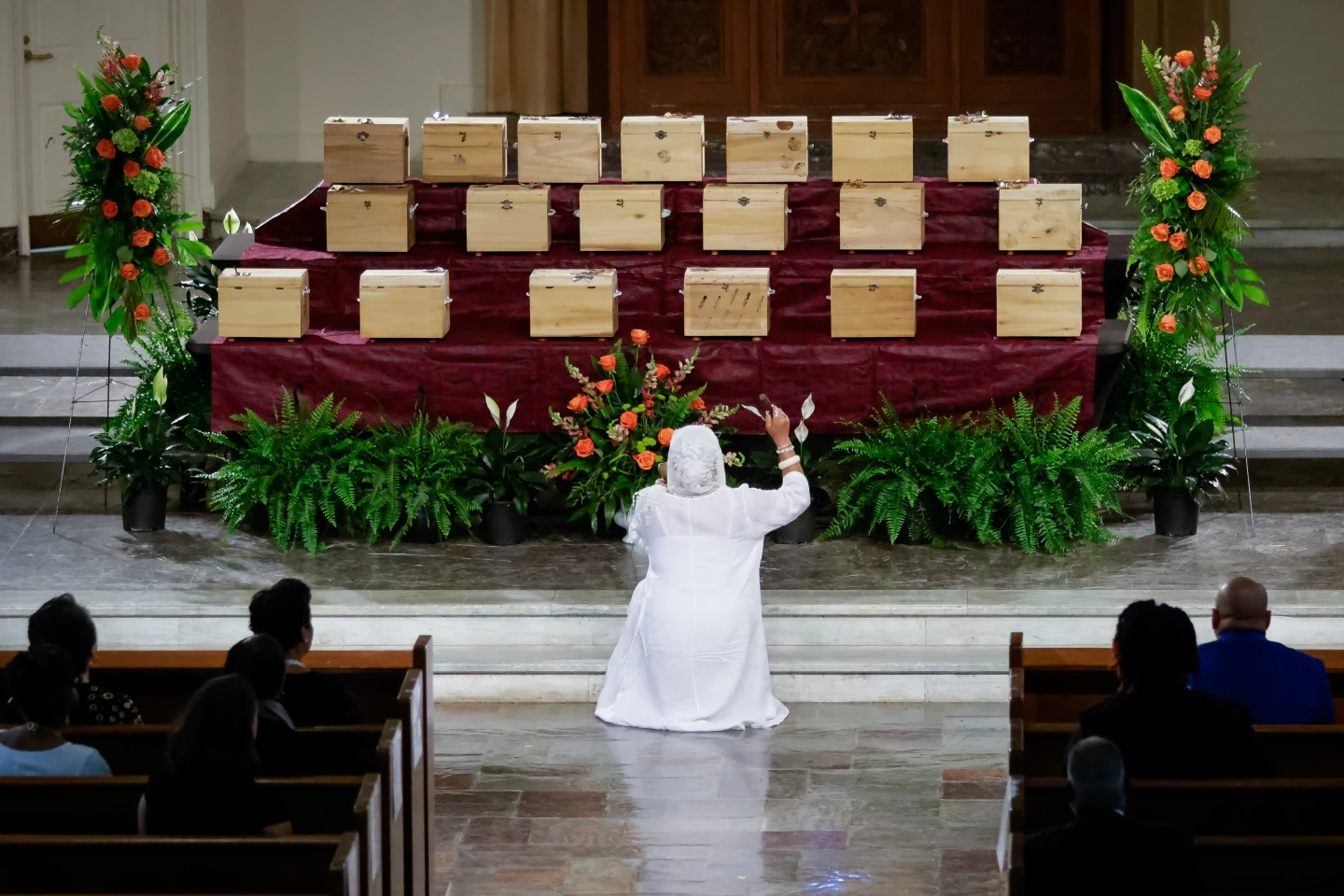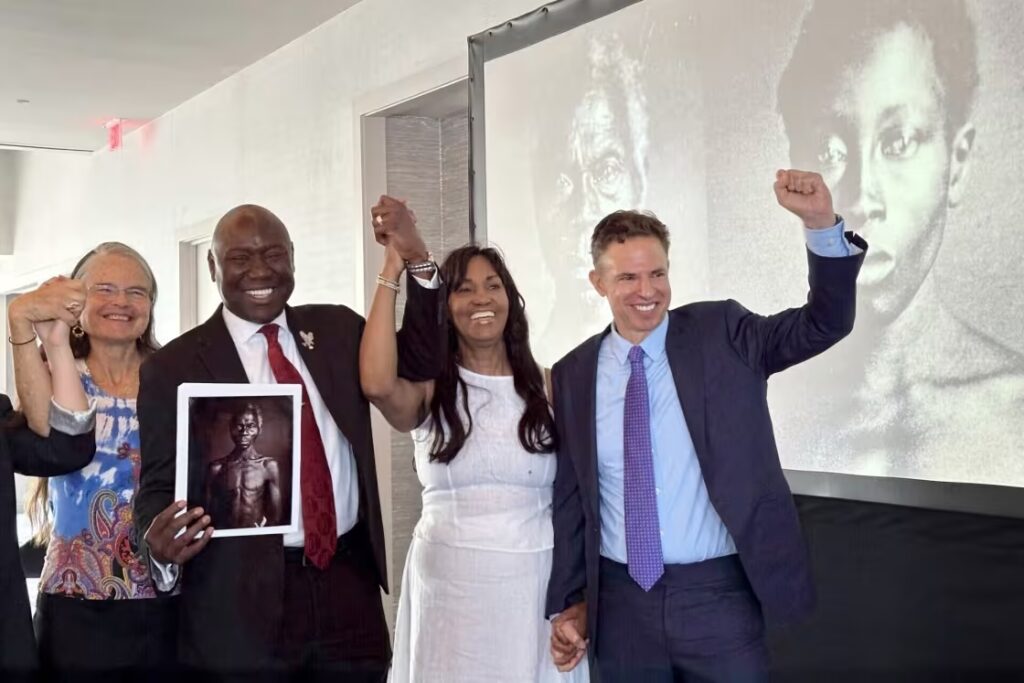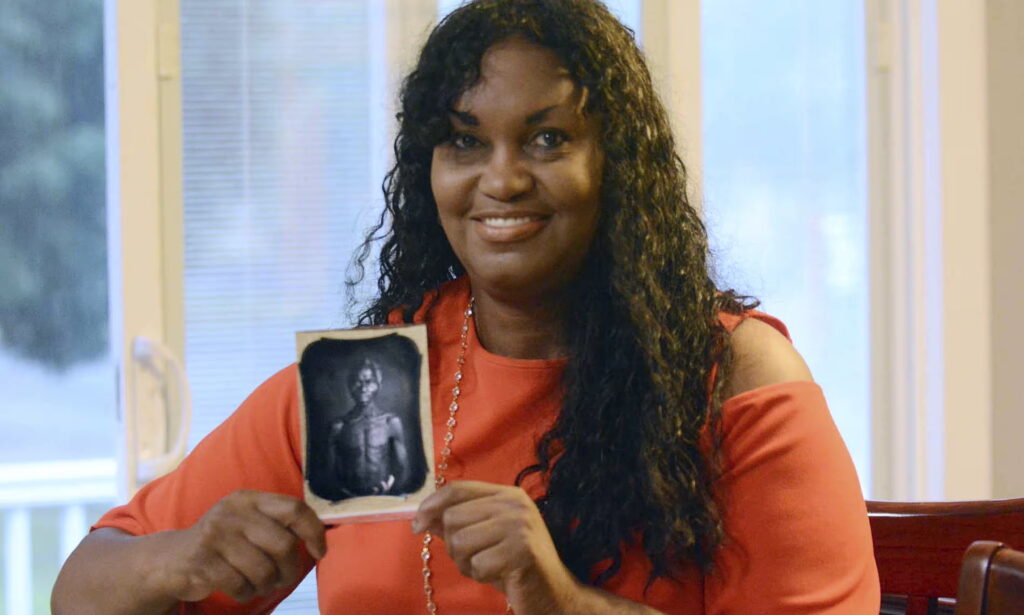France Moves to Ban Smoking in Public Outdoor Spaces, Targeting Youth Exposure
Beginning July 1, France will enact its most extensive smoking restrictions yet, banning smoking in nearly all outdoor public areas where children may be present. The move includes beaches, parks, gardens, playgrounds, sports venues, school entrances, and bus stops.
Health Minister Catherine Vautrin, who announced the policy, emphasized protecting youth from secondhand smoke. “Tobacco must disappear where there are children,” Vautrin said. “The freedom to smoke stops where children’s right to breathe clean air starts.”
Smoking Still Prevalent Despite Declining Rates
The law arrives as France continues to grapple with high tobacco-related death rates. Public health authorities report approximately 75,000 deaths per year due to smoking-related illnesses. While fewer than 25% of French adults now smoke daily — a historic low — the habit remains persistent among younger populations and in urban centers.
Health Advocates Push to End Cultural Normalization
According to France’s League Against Cancer, more than 90% of French films released between 2015 and 2019 featured scenes with smoking. This is over twice the rate of Hollywood films in the same period. Researchers note that normalization through media remains a challenge in curbing youth smoking rates.
France Follows Europe in Tougher Anti-Smoking Measures
France’s latest action follows similar policies in other European countries. Sweden banned smoking on outdoor restaurant terraces, bus stops, and schoolyards in 2019. Spain is currently expanding its ban to cover café and restaurant terraces.
France still allows smoking in some outdoor hospitality spaces, such as bar terraces — but those could be next as public health momentum builds.
Public Opinion Split on Smoking Restrictions
Public reactions in Paris have ranged from support to skepticism. Some see the law as necessary to protect children, while others worry it erodes personal freedoms in a country where smoking remains culturally embedded.
Vaping Exempt — For Now
The new rules do not apply to electronic cigarettes. As traditional smoking becomes more restricted, some French smokers are turning to vaping as an alternative. While viewed by some as a less harmful option, public health experts warn that nicotine exposure through vaping remains a concern, particularly among youth.
Smoking Restrictions Reflect a Cultural Shift
While France has taken steps in the past — including banning smoking on flights only in 2000 — this new law signals a broader public health push. It also suggests a turning point in how France approaches tobacco: less as a personal choice, and more as a public health threat, especially for younger generations.
For now, smokers face fines of up to €135 ($153) for violating the ban. The law marks one of the most significant moves in France’s evolving relationship with tobacco — and reflects growing efforts to reduce exposure and promote a smoke-free future.





